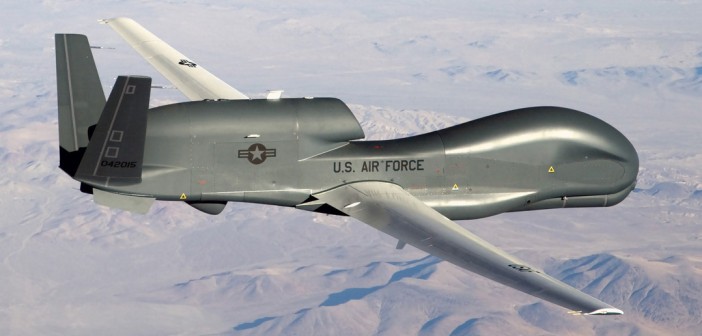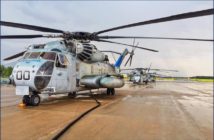Gramps was treated to a fascinating tale of the history of Grumman Aircraft and, later, Northrup Grumman by Michael Ciminera who began working at Grumman at the age of 17. He spent 50 years working there and is the retired vice president of Northrup Grumman. He has written a book about the course of design over the years and especially about the special people who worked on the 70 aircraft that were designed in the past 65 years. The name of his book is “The Aircraft Designers” and its purpose is to tell the tales of those people who tirelessly and brilliantly produced superior
and highly innovative aircraft and aircraft systems. The people started with Leroy Grumman who wanted to be a submariner but took a flight test and despite an eye problem became a pilot and flew all through the war. He
eventually became the Chief Aeronautical Engineer for the U.S. Signal Corps.
Their first aircraft was an amphibian that the Navy doubted would work but the Grumman team flew with a Navy pilot and they did a successful launch off a ship. They created the XF3F which had its problems including a structural failure at 12 Gs! They did solve the problems to the Navy’s satisfaction and an order for 54 A/C was placed. It was the fastest aircraft of the time since it had retractable landing gear. The design philosophy was “Grumman Iron Works”. A primary focus was the toughness of the aircraft. All aspects were designed with a factor of 2 times the needed strength and the cockpit was the toughest part of the plane. An F4F took 500 rounds of Japanese fire and the vertical and horizontal stabilizers were shredded, yet it was able to land safely on the carrier. The XF10F Jaguar was the first swing wing aircraft that later provided the background for the F-111 and the F-14.
In the 1950 era, Grumman had the top designers in the world, including Joe Hubert who,while in Germany, was the aerodynamicist for the Me 163 rocket interceptor. As with many of the former German scientists, he came to the USA and contributed much talent to our science fields. At that time there was increased design activity around the time of the Korean War. The Ag Cat was developed then since there was a feeling that agricultural aircraft would be important after the Korean conflict. It was the first aircraft specifically designed for agricultural service by a major aircraft producer.
Grumman also produced the Gulfstream series which ultimately progressed to a major role. The Grumman F-11F was produced and one crashed into a field of trees. The trees were cut down by the wings of the plane rather than being
removed by the trees. This set the stage for deciding how big a tree the wings should be able to cut. This was part of the “Iron Works” philosophy. Another new production was the F-14 which was created much lighter than preceding aircraft through the use of Titanium metal for the structure.
Since the only other place this had been done was on the SR-71 and that information was secret, so Grumman had to prove to the Navy that they could effectively weld titanium. They ultimately were able to convince the skeptical Navy that their electron bead welding was effective and the production was accepted. Grumman was approached by the
Israelis after the Yom Kippur War to create a system for detecting and attacking enemy targets at long distances. They
developed the conformal radar systems that operated out of the fuselage rather than the large antenna discs previously required. This system helped with the F-14 and the A-6 equipment. A 707 was equipped with their systems and flown in the first Gulf War very successfully with military pilots and Grumman crew on board.
Today there is a decrease in development. Grumman became a subcontractor to Northrup. They have the best in stealth development available. The attitude in the company management is held responsible for the great success. There is always an open door policy that lets the workers speak directly to management to prevent and/or solve problems.
We thank Michael Ciminera for this insightful look into how the developments of aircraft that have been so spectacular in the past have taken place.




